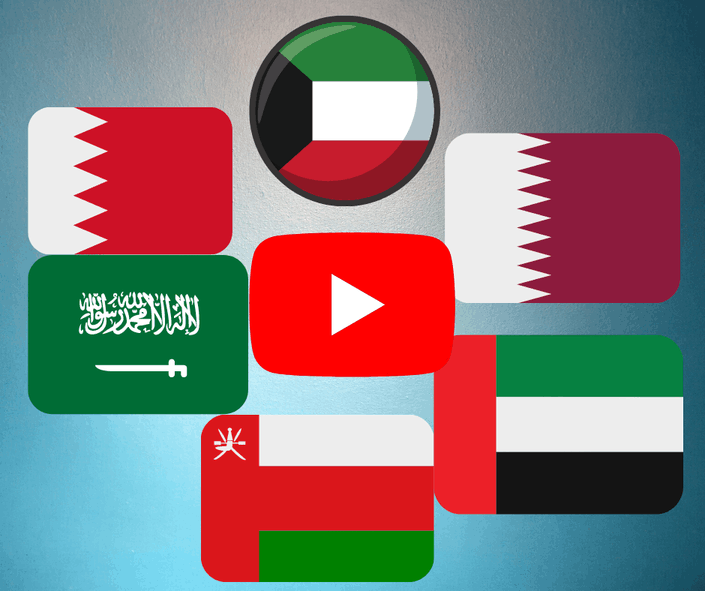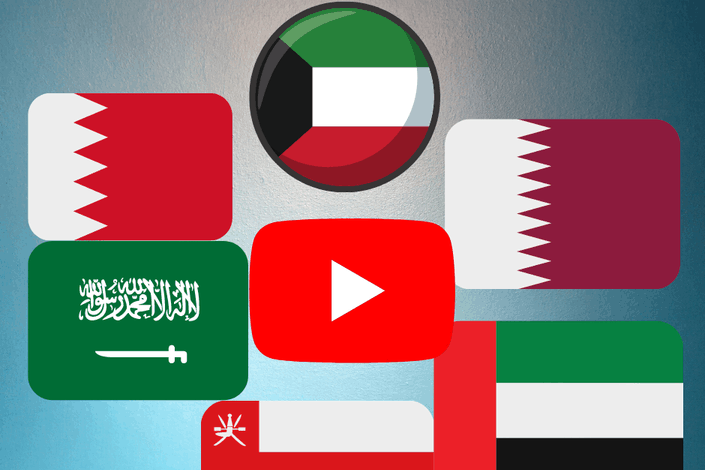The Arabic language, with its rich tapestry of dialects, plays a pivotal role in shaping media across the Gulf region. From television dramas to news broadcasts, the interplay between Modern Standard Arabic (MSA) and regional dialects influences content creation, audience engagement, and cultural representation. Each dialect carries its historical, social, and linguistic significance, impacting how stories are told and received.
Modern Standard Arabic vs. Regional Dialects
Modern Standard Arabic serves as the formal linguistic medium for official communications, news reporting, and written content. Its uniformity ensures that messages are universally understood across Arabic-speaking nations, bridging linguistic gaps in international and pan-Arab communication. However, when it comes to entertainment, advertising, and social media, regional dialects often take precedence to establish a more personal connection with local audiences.
Regional dialects, including Gulf Arabic (Khaleeji), Egyptian, and Levantine, reflect the cultural identity of their speakers. Unlike MSA, which remains relatively uniform, these dialects evolve with societal changes, incorporating loanwords, slang, and unique linguistic structures. This evolution influences how media producers decide which dialects to use to ensure maximum audience engagement and relatability.
Television and Film: A Mosaic of Dialects
In the realm of television and cinema, the choice of dialect significantly impacts a production’s reach and relatability. Egyptian Arabic, for instance, has historically dominated the Arab entertainment industry. Egyptian films and TV shows have enjoyed widespread popularity, making the dialect familiar to many viewers across the Arab world. The prominence of Egyptian media can be attributed to the country’s strong film industry, often referred to as “Hollywood of the Arab World.”

Levantine Arabic, spoken in countries like Lebanon, Syria, Jordan, and Palestine, has also carved out a substantial presence in media. Lebanese studios often produce pan-Arab entertainment shows, leveraging the dialect’s melodic quality to appeal to a broad audience. Syrian dramas, such as Bab Al-Hara, have gained regional acclaim, further cementing the dialect’s prominence. Syrian productions are known for their historical storytelling and high production values, which resonate with viewers across the Gulf and beyond.
Gulf Arabic, or Khaleeji, is prevalent in media originating from Saudi Arabia, the United Arab Emirates, Kuwait, and neighboring countries. While historically less dominant on the pan-Arab stage, Gulf-produced content has been gaining traction, reflecting the region’s cultural narratives and societal themes. The rise of streaming platforms like Shahid and Netflix Arabia has provided Gulf filmmakers with a broader stage, enabling them to tell their stories in their native dialects without the need for linguistic standardization.
Advertising: Crafting Messages with Cultural Resonance
In advertising, the selection of language and dialect is crucial for brand messaging. Marketers recognize that using a regional dialect in advertisements enhances authenticity and cultural sensitivity, fostering a genuine connection with the target audience. Studies show that consumers are more likely to engage with advertisements that reflect their local language and culture.
For instance, in Saudi Arabia, advertisements often incorporate a mix of Gulf Arabic and MSA, depending on the brand’s image and intended message. Luxury brands may lean towards MSA to maintain a sophisticated tone, while local products and services use Gulf Arabic to establish familiarity and trust.
Voice Talent and Dialect Selection
The choice of voice talent in media projects is deeply influenced by the intended audience’s dialect. Each Arabic dialect carries unique phonetic characteristics and cultural connotations. Selecting a voice artist proficient in the appropriate dialect ensures that the message resonates authentically, enhancing relatability and effective communication.
For example, children’s shows often opt for MSA to provide educational value while maintaining accessibility across the Arab world. Meanwhile, radio advertisements and television commercials are more likely to feature regional dialects to establish a friendly and approachable tone. The booming voice-over industry in the Middle East has seen increased demand for dialect-specific talent, reflecting the importance of linguistic nuances in media communication.
Challenges in Media Translation and Dubbing
Translating and dubbing content into various Arabic dialects presents challenges due to linguistic nuances and cultural contexts. For instance, Turkish television dramas dubbed in Syrian Arabic have found widespread popularity across the Arab world, indicating the dialect’s broad comprehensibility. However, direct translations often fail to capture cultural expressions, humor, and emotions, necessitating adaptation rather than literal conversion.
Dubbing international content into MSA is a common practice for animated series and documentaries, ensuring comprehension across diverse Arabic-speaking audiences. However, when targeting specific markets, local dialects are preferred. The growing popularity of platforms like Netflix, which offers Arabic subtitles and multiple dubbing options, highlights the increasing demand for dialect customization.
Social Media: A Platform for Dialectal Diversity
The rise of social media has democratized content creation, allowing individuals to produce and share material in their native dialects. This trend has led to a surge in dialect-specific content, from comedy sketches to lifestyle vlogs, reflecting the rich linguistic diversity of the Arab world.
Influencers and digital creators often switch between MSA and their regional dialects, depending on the context of their message. For instance, political or informative content may be presented in MSA for broader accessibility, while entertainment and daily life discussions lean towards colloquial Arabic to foster an intimate connection with followers.
Platforms like YouTube, Instagram, and TikTok have allowed Gulf content creators to gain international recognition, using their dialects to express local humor, traditions, and social commentary. The interactive nature of social media has also led to the blending of dialects, creating a dynamic linguistic landscape that reflects the evolving identity of Arabic speakers in the digital age.
Conclusion
The interplay between Modern Standard Arabic and regional dialects is a defining feature of Gulf media. While MSA provides linguistic unity and facilitates cross-border communication, dialects serve as powerful tools for emotional and cultural engagement. Understanding and strategically utilizing these linguistic variations enable media producers, advertisers, and content creators to craft content that resonates deeply with diverse audiences, fostering cultural authenticity and connection.
As Gulf media continues to evolve, the balance between MSA and dialects will shape how stories are told, how brands communicate, and how audiences engage with content. Whether through traditional television, digital platforms, or emerging media, the Arabic language remains a cornerstone of cultural expression, adapting to the ever-changing media landscape.
Do follow gulf magazine on Instagram



